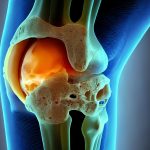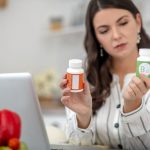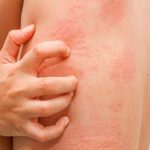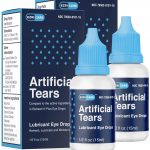
U.S. schools that have a lot of students with prescriptions for ADHD medication also tend to have a lot of students who misuse the drugs, a new study suggests. Researchers found that among nearly 3,300 U.S. middle schools and high schools, some had a serious problem with students misusing prescription stimulant medications. At certain schools, upwards of one-quarter of students said they’d misused the drugs in the past year. And the problem loomed larger at schools where a high percentage of students had legitimate stimulant prescriptions — a sign some of those kids are sharing the drugs with their peers. At issue are the medications most commonly used to treat ADHD, or attention deficit hyperactivity disorder, including well-known brand names like Ritalin (methylphenidate), Adderall (amphetamine/dextroamphetamine) and Concerta (methylphenidate). When kids actually have ADHD, the drugs can help them focus, have more self-control and do better in school. But the medications are also commonly abused, often by kids or college students who get pills from their friends with prescriptions. “Oftentimes, there are several motivations for misuse,” said Sean Esteban McCabe, director of the University of Michigan’s Center for the Study of Drugs, Alcohol, Smoking and Health. Some kids, he said, buy into the mistaken belief that stimulants will make them sharper and boost their school performance. Other times, they use the drugs to “get high,” to… read on > read on >


























-300x200.jpg)










